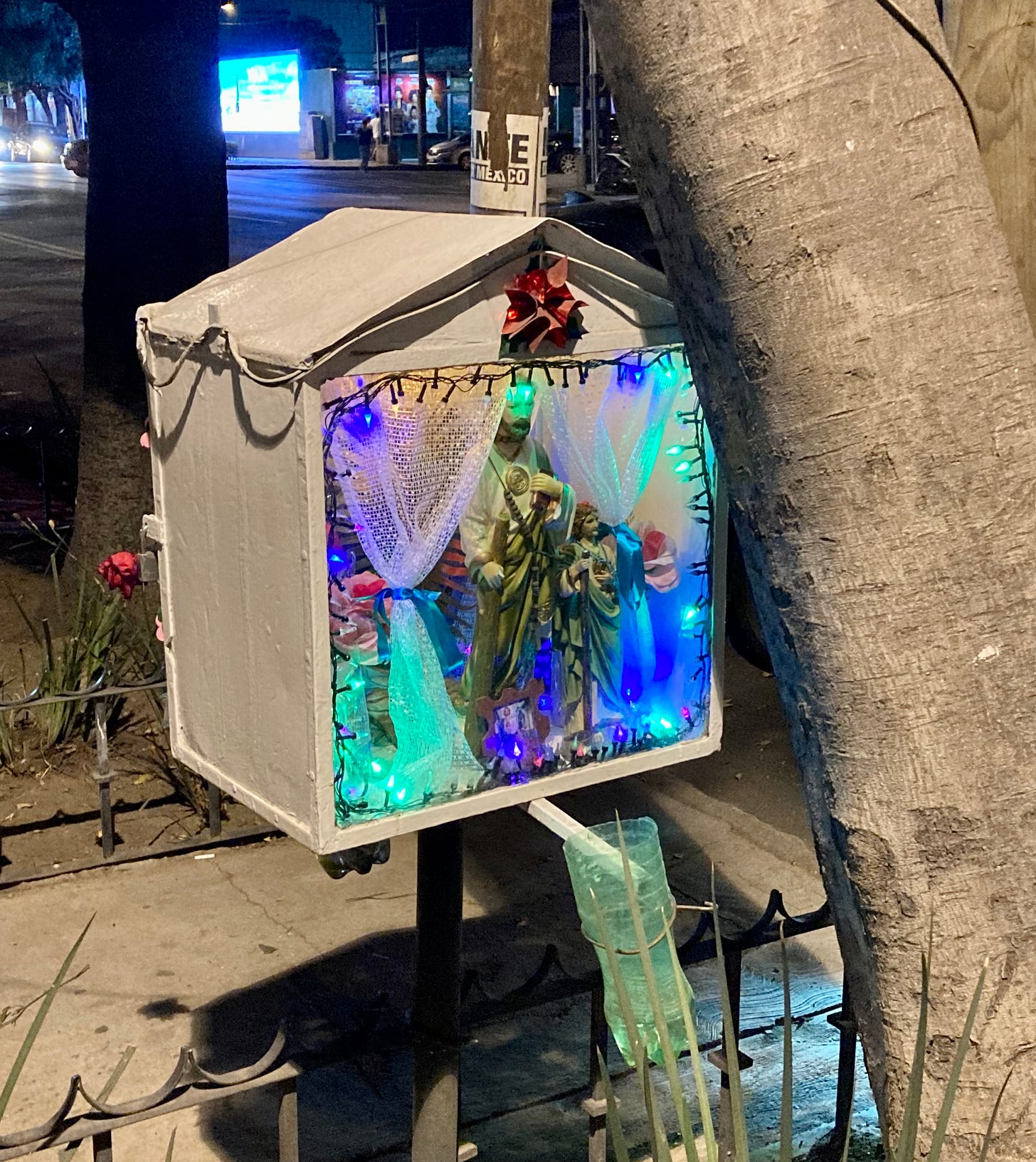Mexican Corridos. They're everywhere! But where did they come from? Everyone wants to know, and writers are furiously plagiarizing each other for 5 cents a word to tell you! If you haven't opined on the Mexican corrido yet, can you even call yourself a click bait journalist?
Like all music genres, the lines are blurry; they’re debatable constructs that the best artists are able to transcend and redefine. And scholars generally agree only on one thing: the subject needs more study. The Mexican corrido, a form developed on the Texas Mexican border that according to Merle E. Simmons, reached its "period of greatest vigor from about 1870 to 1930," traces its roots back to Spanish romance ballads from the old country–fair maidens and charging at windmills type shit. Some scholars consider the corrido its own unique form, but like all genre definitions it's a judgment call more than a perfect fit.
Still though, the genre has some traditional markers, such as its association with the border country, the "North" from Mexico City's perspective. Thus, these corridos norteños represent the wild, free, and lawless spirit of the distant frontier. They also have a connection with the Mexican Revolution in the 1930s, where they became the songs men shared around the campfire at the end of the day after a battle. Like in days of yore, the subjects were often about brave men with a weapon in their hand and a trusted horse to carry them into danger, and perhaps a beautiful woman to be rescued or who one must fight another day to return home to. In each phase of the genre, it has embodied the needs and wants of those who carry it.
Towards the end of the last century and through the current one, the controversial subgenre of the narco-corrido has taken center stage. Rosalino "Chalino" Sanchez Felix is the Tupac of this version. He began his career in traditional Mexican music, and found he could make money writing hero ballads for convicts who would pay him to glorify their crimes. Not a bad gig, but of course, you glorify one gangster and another may not be so happy. Chalino, or "the king of corridos" as he was posthumously dubbed, was gunned down after a show in 1992 as his star was rising, presumably by a gangster who didn't want to see him shine. While Chalino was a contemporary of Tupac, in fact, even attending some of the same LA parties together, his name never had the same widespread recognition surely due to radio and pop culture trends at the time.
With the enduring and evolving form of the genre through the last decade and the way social media and big data has changed music, Chalino has gained newfound notoriety. The video showing the moment he receives his death note passed to him from the audience while singing on stage telling him no doubt that this will be his last song regularly pops up on social media feeds. It is an iconic moment, embodying the entire spirit of the genre in a few seconds, and introducing him to a new generation of music lovers who may not see the genre the same way past generations have, but who identify more with the individual artist themself.
"That Chalino he just like me fr fr" you practically hear them say, bussin in their broccoli haircuts. Before the zoomers met Chalino on TikTok, millennials may have been introduced to the form through Breaking Bad. Season 2 Episode 7 aired in April of 2009 and opens with a corrido glorifying the exploits of a Mr. Heisenberg. For white folk not living near the Southern border, this may have been the first time many of them were exposed to the genre all together.
But for the form to really reach its peak as it has now, it needed to break out of its traditional garb and adopt the slick production styles of mumble rappers and sick beats. This flavor has been dubbed "corridos tumbados" (lying down corridos): a bit softer, less macho, more gender fluid. Less tequila and blow, more Xanax and promethazine. Like most innovations in popular culture, we can look to Los Angeles to understand where we are now and perhaps figure no better than to look at Jimmy Humilde who founded Rancho Humilde records there in 2011. Working his way up from a taco truck, Jimmy and his partners built an ecosystem to support young artists immersed in the sounds of urban LA. He was able to explore and fuse the traditional sounds their parent's listened to with what was popular on the radio and with their own lived experiences.
According to Felipe Garrido writing in chartmetric, Humilde's three top artists–Natanael Cano, Junior H, and Fuerza Regida–combined total monthly Spotify listeners increased from 1.6 million at the beginning of 2019 to 54.1 million in 2023, at a compounded annual growth rate (CAGR) of 142%." And recently, Spotify announced that corrido breakout star Peso Pluma made it into the Global Top 10 most listened to artists in 2023. Features and crossovers with top artists like Snoop Dogg are now common for artists associated with the corrido genre or Mexican regional music more broadly. And the fact that top Latin American artists including Romeo Santos, Karol G, Bad Bunny, and Shakira have released regionales has drawn in even more new fans.
Where it goes from here is anyone's guess. But if history is any indication, we can be sure that the beat will go on. The sounds will evolve and blend, ever more so with the internet, as we all are listening to the same thing, doing our little mashups, throwing shit against the wall, and taking our cues from the beautiful maidens shaking their culos on the dance floor, and the brave warriors offering the "plata o plomo" (silver or lead): are you going to pay up little man (silver) or would you rather have the lead (bullets)? A story as old as time.
I.M. Maconahey observes the modern culture from behind his folding table desk. He loves Wikipedia, but follows the external links, and has a lifetime jstor subscription from his university days. While his heart yearns for true love, earnest connection, and the open road, he is cynical enough to finish out his term as assistant court jester to a regional New England war lord for the pension and healthcare benefits. Follow his Substack at Echo’s Current.
Also check out A.W. Strouse’s article on Bad Bunny’s new album.
Please consider signing up for a paid subscription to this page for more riveting content. If you’re new to Cracks in Pomo, check out the About page or read up on our Essentials. Also check out our podcast on Spotify, Apple, and YouTube and follow us on Instagram and Twitter.
MASA tortilla chips by Ancient Crunch is offering our followers 10% off their order with the promo code CRACKSINPOSTMODERNITY. Click here to redeem.
photo taken in Mexico City.






